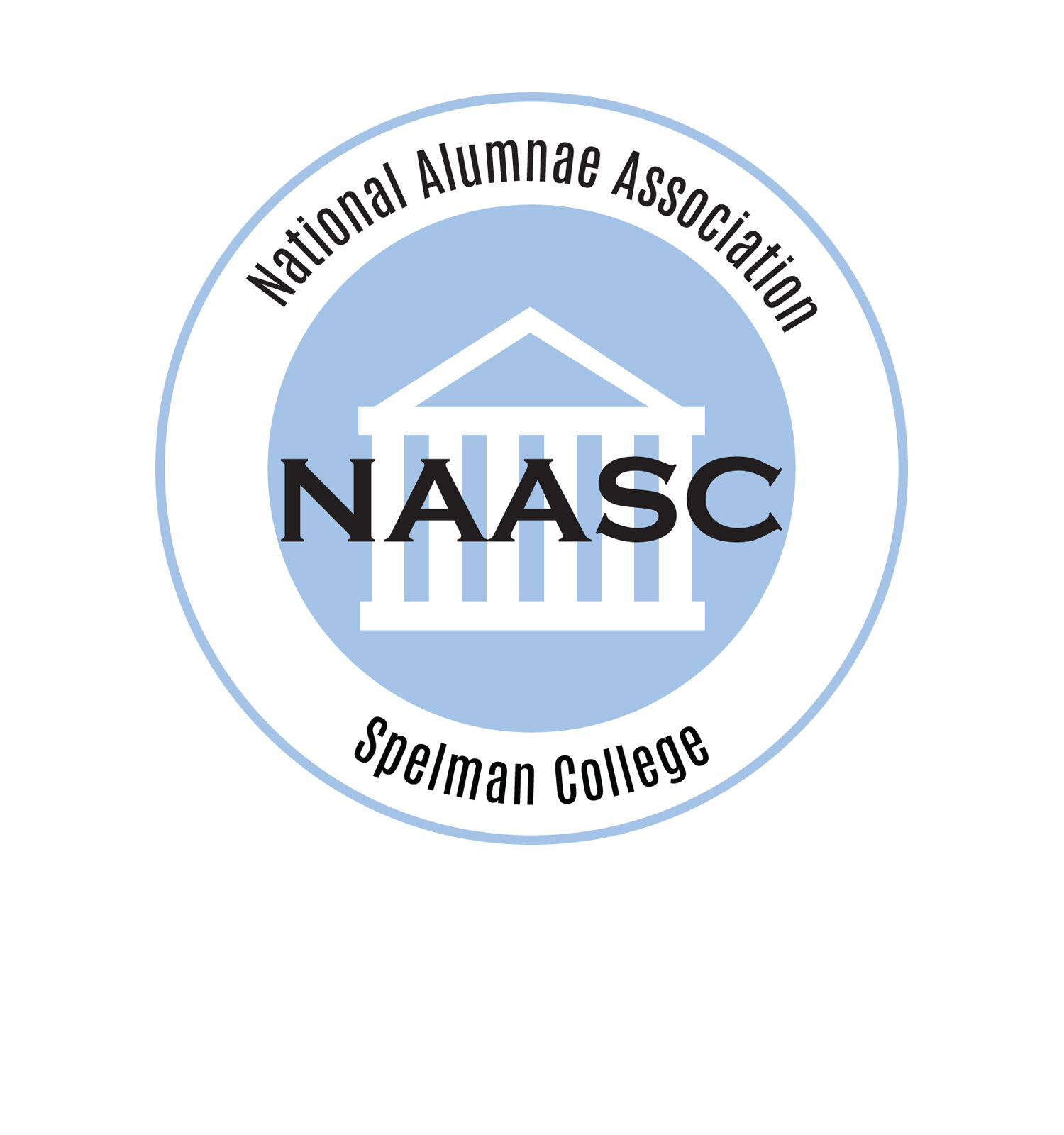A First Among Women's Organizations
"Lift as we climb," encouraged members to "enkindle other souls as one lamp lights another."
The Alumnae Association itself was a trend-setter among women's organizations. The first national Negro sorority, Alpha Kappa Alpha Sorority did not start until 1908, almost two decades following the Alumnae Association. Even the Women's Club of Atlanta began in 1896, a few years following the beginning of the Alumnae Association. Many other women's groups were inspired to serve simply because there was a spiritual duty to do so.
The Atlanta Club of the Alumnae Association adopted the motto, "Lift as we climb," which encouraged members to "enkindle other souls as one lamp lights another." It may have been the College's motto, "Our Whole School for Christ," that gave the Alumnae Association its life, but it was the adopted motto, "Lift as we climb," that gave it breadth and focus. A white rose and colors "white and gold" were selected to represent the Alumnae Association. And it was through that prepared and inspired leadership that Spelman women were able to implement collaborative leadership efforts.
The earliest available constitution and by-laws of the Alumnae Association indicated that its name was The Alumnae of Spelman Seminary. Just from the name, one can form an opinion - that it was the expectation that all affiliated with the Seminary would be associated with the Association. The alumnae themselves would drive the organization by promoting the interests of the school, fostering regard among the graduates and assist graduates in procuring vocations.
Though the earliest historical account of the Alumnae Association is sketchy, there is some indication in the Spelman Messenger that Victoria Maddox Simmons, HS'88, provided leadership in the early days of the operation of the infant Alumnae Association. However, the first elected president of the Spelman Alumnae Association was Clara Howard, H.S.'87, who served from 1892 to 1923. She entered Spelman in the spring of 1881, completed a certificate in the preparatory normal course in 1885 and 1887 graduated from the higher normal course as the valedictorian of the first Seminary class.
Clara Howard was a missionary in the Congo and then in South America before returning home to Atlanta. She worked at Spelman as a teacher, hall matron, and dining hall matron until she resigned in June 1928 due to failing health. Claudia White Harreld, C'01, the daughter of the founder of Morehouse College, William Jefferson White, became the second president of the Alumnae Association in 1923. According to her daughter, Josephine Harreld Love, C'33, who was herself president of the Alumnae Association from 1954 to 1959, Claudia White Harreld became the first alumnae secretary for the College. She prepared exhaustive alumnae records on graduates by obtaining their occupations and other information about alumnae. The institution used this information for reports for the Woman's American Baptist Home Mission Society.
Early efforts in the development of the Alumnae Association focused on bringing together alumnae within local communities to obtain information on alumnae accomplishments and forwarding this data to the Seminary. Each graduate was expected to give one dollar to support the alumnae fund which was used to purchase books for the library. The dollar represented the "dues" or the minimum amount each alumna "owed" to Spelman. In 1899, the Association employed one of the missionary graduates, Miss Emma B. Delany, HS'94, to do mission work. On May 15, 1898, the alumni of the Atlanta Baptist Seminary and the alumnae of the Spelman Seminary collaborated to publish a literary publication of a monthly magazine called The Athenaeum.
Spelman College Photographic Collection. 1898.

